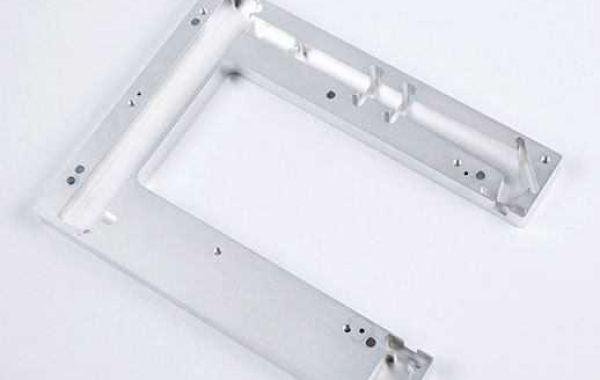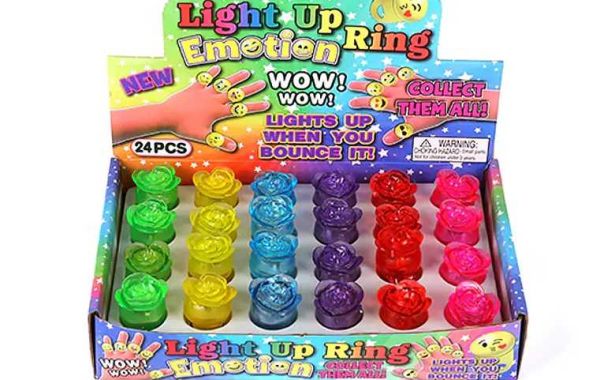CNC milling offers a powerful method for creating high-quality parts from stainless steel. However, to ensure a successful and cost-effective project, several key considerations come into play:
1. Part Design for Machinability
- Minimize Toolpath Complexity: Complex toolpaths with tight turns and sudden direction changes can increase machining time and tool wear. Consider simplifying the design wherever possible while maintaining functionality.
- Chip Removal: Design features like proper clearances and draft angles (slight taper on walls) facilitate smooth chip evacuation during machining. This prevents chip buildup, which can lead to poor surface finish, tool wear, and potential part defects.
- Sharp Internal Corners: Avoid sharp internal corners whenever possible. They can be challenging to machine and might require specialized tooling or techniques, increasing cost and complexity. Consider alternative designs with rounded corners or radii that can be machined more efficiently.
2. Material Selection
- Match Material Properties to Application Needs:Different stainless steel grades offer varying properties. Consider factors like required strength, corrosion resistance, and machinability. For instance, 304 stainless steel is a common choice for good general-purpose applications, while 316 stainless steel offers superior corrosion resistance for marine environments. Consulting with a qualified CNC machinist can help you select the most suitable grade for your needs.
- Machinability Considerations:Some stainless steel grades are easier to machine than others. While high machinability might be desirable for complex parts, it might not be the top priority if high corrosion resistance is crucial. Finding a balance between machinability and desired properties is key.
3. Machining Expertise
- Partner with a Qualified Shop:Working with a CNC machining shop experienced in handling stainless steel is essential. Their expertise ensures proper selection of:
- Cutting Tools: Specialized tools with high hardness and wear resistance are necessary to combat work hardening and achieve optimal results.
- Machining Parameters:Factors like cutting speeds, feed rates, and coolant application need to be carefully chosen to minimize heat generation, tool wear, and maintain a controlled machining environment.
- Techniques: Experienced machinists understand techniques like chip thinning and proper coolant application to overcome challenges associated with stainless steel.
4. Cost Factors
- Material Cost: Stainless steel can be more expensive than other materials commonly used in CNC milling. Factor in the cost of the chosen grade when evaluating project feasibility.
- Machining Time: The challenges associated with machining stainless steel can lead to longer machining times compared to softer materials. This translates to higher labor costs. Optimizing part design for machinability can help minimize machining time and associated costs.
- Tooling: Specialized cutting tools for stainless steel might be more expensive than standard tools. However, their extended lifespan can offset the initial cost over multiple projects.
5. Additional Considerations
- Post-Processing: Depending on the application, CNC-milled stainless steel parts might require additional post-processing steps like polishing, deburring, or passivation. These processes can add to the overall project cost. Factor them in when planning your budget.
- Lead Time:CNC machining projects involving stainless steel might have slightly longer lead times due to the need for specialized tooling and machining considerations. Discuss lead time expectations with your chosen CNC machining shop.
By carefully considering these factors, you can make informed decisions about using CNC milling for your stainless steel parts. Working with a reputable and experienced CNC machining shop will ensure a successful project that meets your design requirements, budget constraints, and timeline.








